Key takeaways
Violence curtails play. Gun and street violence made local parks feel unsafe, so boys stayed indoors rather than risk “shooting guns instead of hoops.”
The NBA dream motivates—but narrows. Most participants saw professional basketball as their best route to college, safety, and family security, revealing both hope and a fragile, single-track aspiration.
Role models matter—especially reciprocal ones. Boys viewed coaches (and NBA stars) as guides, yet also discovered they could be role models for younger peers, reinforcing positive behaviour.
A safe PYD climate unlocks engagement. REACH’s blend of literacy, fitness and basketball inside the school gym created a protective “bubble” where lifeskills lessons could stick.
Lifeskills and climate feed each other. Character themes (e.g., resilience, compassion) were deliberately woven into drills and reflection journals; this iterative focus strengthened relationships and outcomes.
Highlighting the Results
Using journals, interviews and yearlong observations, researchers coded three dominant themes:
“Shooting guns is a barrier to shooting hoops.” Boys described routine fights, robberies and the everpresent threat of gunfire after dusk. Fear of violence, not lack of interest, kept them off outdoor courts.
“Future plans: the NBA.” Even without organised league experience, most envisioned a straight to the draft trajectory. The NBA symbolised a safer future, financial stability and proof they could “make it out of the hood.”
“Having and being role models.” Participants praised Coach Ray’s empathy and authority, but also relished moments when they mentored classmates—e.g., leading warmups or modelling classroom behaviour.
These findings illustrate how structural barriers (unsafe neighbourhoods) and cultural narratives intersect in urban boys’ lives.
Unpacking the Discussion
The authors interpret these themes through Holt et al.’s Positive Youth Development (PYD) triad—climate, life skills, outcomes:
Climate: By relocating play to a secure indoor space and embedding supportive adult–youth relationships, REACH neutralised the violence barrier and nurtured “empathetic peer interactions.”
Life skills: Weekly character words, reflective writing, and “knowledge breaks” translate on-court lessons into transferable skills—self-regulation, goal-setting, conflict negotiation. This intentional design blurred sport and citizenship education.
Outcomes: Over time, boys reported better behaviour at school, reduced swearing during games, and newfound confidence to guide siblings—evidence that PYD outcomes can emerge even without formal competition.
Crucially, the authors argue the relationship is reciprocal: a planned life skills curriculum shapes climate, and a nurturing climate amplifies life skills uptake.
So what?
REACH shows that after-school sport can be far more than calories burned or points scored:
Design for safety first. A trustworthy space is a precondition for any physical activity gains in high-crime neighbourhoods.
Elevate voices, not just verticals. Letting youth articulate fears, dreams, and leadership roles makes programs culturally resonant.
Aim beyond the league. While acknowledging NBA aspirations, staff can introduce alternative futures—coaching, sports medicine, or team ownership—to broaden horizons.
Blend literacy with layups. Integrating academic and reflective tasks multiplies benefits and legitimises sport within school cultures.
For educators and community partners, REACH offers a replicable template: pair a strength-based PYD framework with sport skills, embed character education in every drill, and protect the gym door—both literally and figuratively. In doing so, we can help young people “shoot for” safer, healthier lives, whether or not they ever hear their name on draft night.
Full Article:
Marttinen, R., Johnston, K., Phillips, S., Fredrick, R., & Meza, B*. (2019). REACH Harlem: Young urban boys experiences in an after-school PA positive youth development program. Physical Education and Sport Pedagogy, 24(4), 373-389. https://doi.org/10.1080/17408989.2019.1592147
This blog post was written with the assistance of AI to support clarity and accessibility. It is intended to help disseminate and discuss research findings with a broader audience. However, for the most accurate and reliable information—including conclusions and practical applications—please refer to the original peer-reviewed publication on which this blog is based. The peer-reviewed article remains the most authoritative source.

